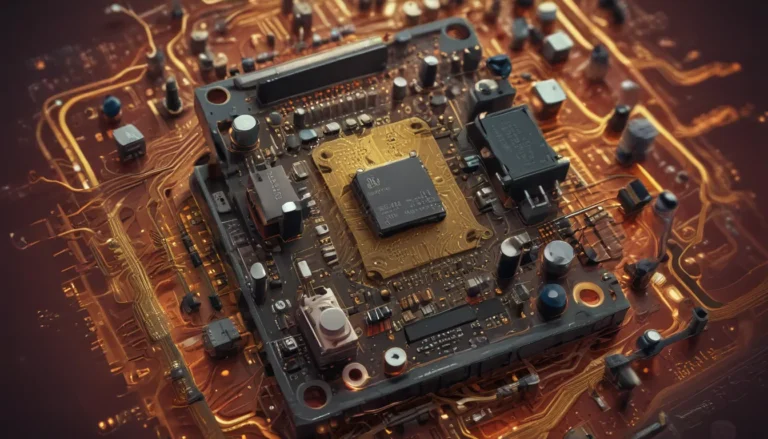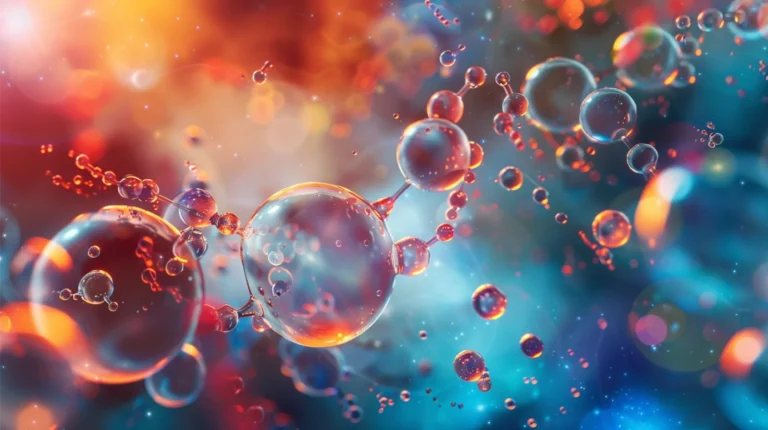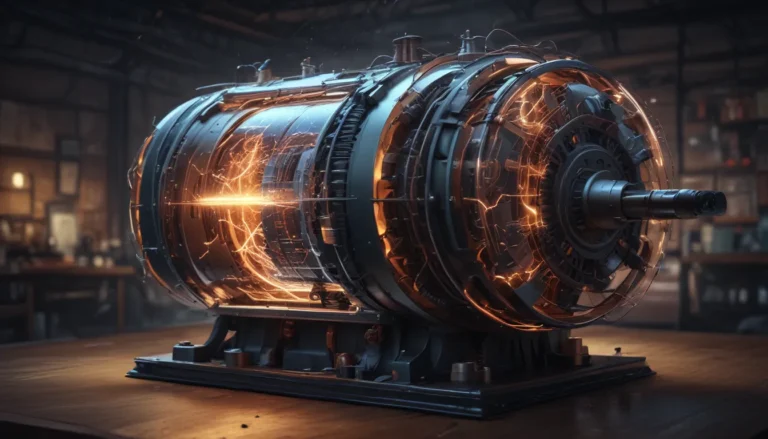A Note About Images: The images used in our articles are for illustration purposes only and may not exactly match the content. They are meant to engage readers, but the text should be relied upon for accurate information.
Chemistry is a captivating realm filled with mysteries waiting to be unraveled. One such enthralling aspect of this field is second-order reactions, which delve into the intricacies of chemical kinetics. These reactions involve the convergence of two reactant molecules or ions to create a product, showcasing unique behaviors that influence reaction rates. In this article, we will journey into the realm of second-order reactions, unveiling astonishing facts that will broaden your understanding of chemical kinetics and inspire your curiosity in this fascinating field.
Unveiling the Marvels of Second-Order Reactions
Delving into the world of chemistry, we encounter second-order reactions where two reactants join forces to form a product. This interaction can occur through various mechanisms, such as collisions or reactions at specific molecular sites. The rate of a second-order reaction is directly linked to the concentration of both reactants. As the concentration of either reactant increases, so does the rate of the reaction. The overall order of a second-order reaction is 2, reflecting the combined orders of both reactants.
The Intricate Dynamics of Second-Order Reactions
While first-order reactions showcase exponential decay in concentration, second-order reactions exhibit a linear decrease over time. This linear decline is a result of the direct proportionality between the rate of reaction and reactant concentration. Interestingly, the half-life of a second-order reaction is influenced by the initial concentrations of the reactants. Higher initial concentrations lead to shorter half-lives, showcasing the dynamic nature of these reactions.
Exploring the Versatility of Second-Order Reactions
Second-order reactions transcend boundaries and can be observed in diverse chemical systems, ranging from homogeneous to heterogeneous reactions. The rate constant for a second-order reaction is denoted in units of M-1s-1, symbolizing the reaction rate per unit concentration of reactants. Temperature also plays a crucial role in influencing the rate of a second-order reaction, as elevated temperatures typically result in heightened reaction rates.
Unraveling the Different Facets of Second-Order Reactions
Second-order reactions can embrace various reaction kinetics, including elementary, complex, and consecutive reactions. The type of kinetics manifested depends on the nature of the reactants and the underlying reaction mechanism. Experimentation is key in determining the rate of a second-order reaction, as monitoring concentration changes over time enables the calculation of the rate constant and reaction order. These reactions play a vital role in chemical processes, from biological reactions to environmental processes, shaping the landscapes of scientific discovery.
Delving Deeper into the Enigma of Second-Order Reactions
In conclusion, second-order reactions present a captivating aspect of chemistry characterized by the collision of two reactant molecules or ions. By understanding the factors that govern these reactions, we gain valuable insights into reaction mechanisms and can optimize reaction conditions for more efficient chemical systems. The 11 unbelievable facts explored in this article shed light on the intricacies of second-order reactions, underscoring their significance across diverse fields, from pharmaceuticals to materials science. Embracing the complexities of second-order reactions unveils new possibilities for innovation and discovery, propelling us further into the realms of scientific exploration.
Frequently Asked Questions
Q: What is a second-order reaction?
A: A second-order reaction involves the simultaneous collision of two reactant molecules or ions to produce a product.
Q: How is the rate of a second-order reaction determined?
A: The rate of a second-order reaction is determined by the concentrations of both reactants and follows a specific mathematical expression known as the second-order rate law.
Q: How does temperature affect a second-order reaction?
A: Increasing the temperature typically enhances the rate of a second-order reaction by boosting the kinetic energy of reactant molecules or ions.
Q: Can catalysts impact the rate of a second-order reaction?
A: Yes, catalysts can significantly influence the rate of a second-order reaction by providing an alternative reaction pathway with lower activation energy.
Q: What are some practical applications of understanding second-order reactions?
A: Understanding second-order reactions finds applications in drug formulation, environmental remediation, and materials synthesis, where controlling reaction rates is critical.
Embark on a Journey of Discovery
Embarking on a quest to uncover the secrets of second-order reactions ignites a sense of wonder and curiosity within us. As we deepen our knowledge of chemical kinetics and the marvels of reaction dynamics, we gain a profound appreciation for the intricate dance of molecules that shape our world. Let us continue this journey of exploration, fueled by a thirst for knowledge and a passion for discovery. Join us as we unravel the mysteries of chemistry and venture into the realms of scientific enlightenment.
In our pursuit of delivering engaging and informative content, we strive to provide you with valuable insights into the captivating world of second-order reactions. Each fact shared is a testament to our dedication to quality and authenticity, ensuring that your learning experience is enriched with accurate and credible information. Trust in our commitment to excellence as we embark on this journey of discovery together.






